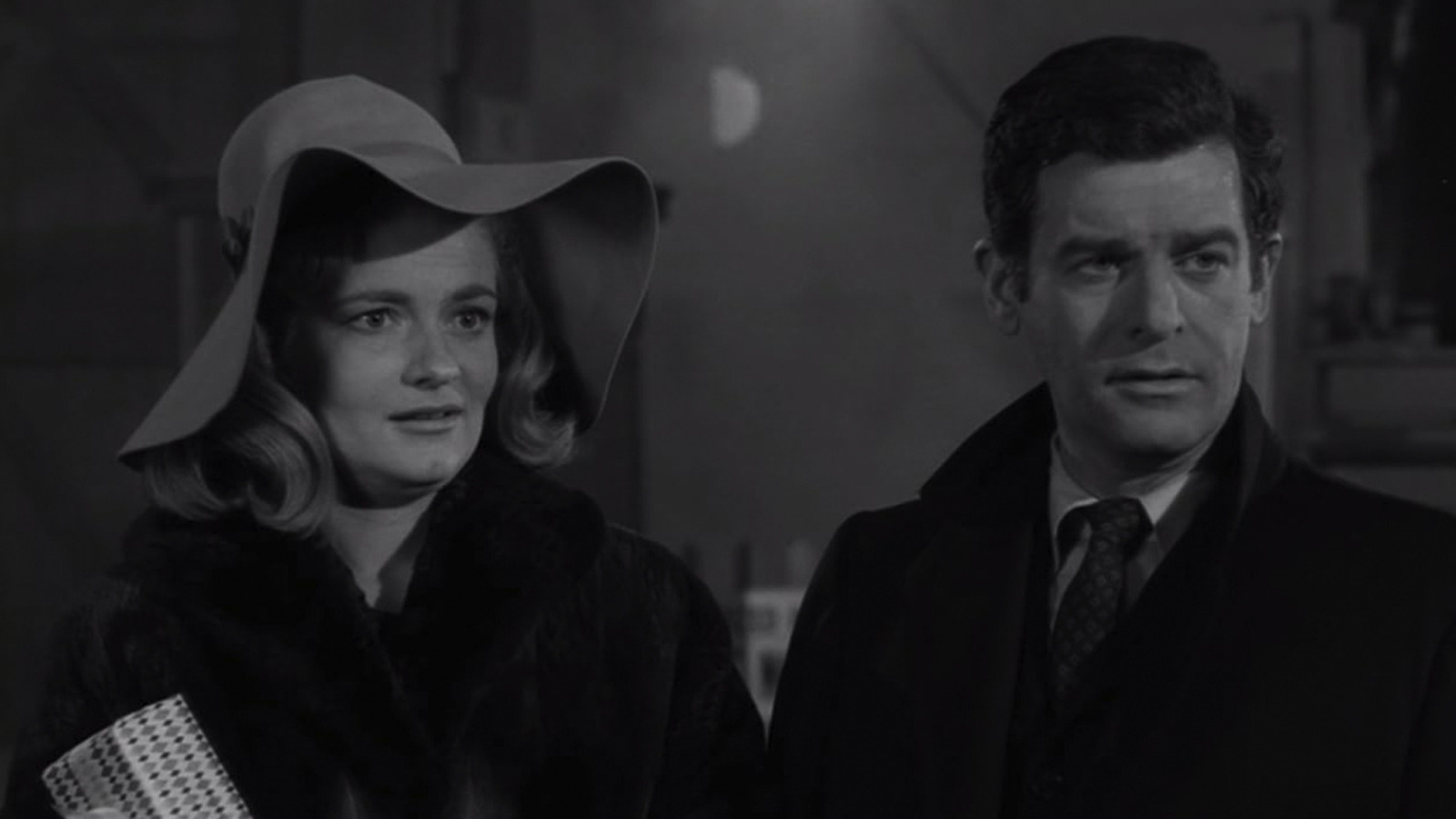
There are several hints about the ship’s final destination early in the episode, including a huge giveaway at the halfway point that’s essentially hand-waved away, but the truth becomes clear at the end. Alan and Eileen’s relationship is severely fractured — Alan values his work more than his wife — culminating in a nasty fight they have at the ship’s bar, where they decide to break up as soon as they come into port. Eventually, Alan has a Scrooge-esque revelation that he’s been prioritizing the wrong things in life, and the two reconcile. Along the way, one of the ship’s passengers slips in some commentary about how the modern world is leaving his generation behind. It seems as if the episode itself might adopt that character’s bitter outlook, but the aging passengers end up rejecting those ideals by putting the young Alan and Eileen on a lifeboat and setting them free before the boat sails into oblivion. They know their time is up, but they also know they can leave the world a better place than they found it by leaving the innocent behind.
At the end of “The Return of the King,” hobbits Frodo, Sam, Merry, and Pippin travel to the Grey Havens to see Frodo’s uncle, Bilbo Baggins, off on his journey to what is essentially the afterlife. In the heartbreaking final moments, Frodo reveals that he, too, will be taking that journey across the seas, leaving the innocent Sam — arguably the true hero of the entire “Lord of the Rings” saga — behind to help rebuild a broken world.
The notion of a ship that sails into the afterlife has been a staple of various mythologies dating back to the ancient Egyptians, whose sun god, Ra, would sail across the skies in a boat carrying the sun and then travel to the afterlife at night. (The Egyptians even occasionally buried literal boats with the corpses of their royalty so that their resurrected kings could sail with Ra.) Later, the ancient Greeks would put money on the eyes of their dead to pay Charon, the sailor who would ferry the dead across the River Styx to the underworld. The scholarly Tolkien incorporated this trope into his own mythology, and “The Twilight Zone” used it to juxtapose a fading generation with new life breathed into the marriage of the central couple in “Passage of the Lady Anne.”


Leave a Reply